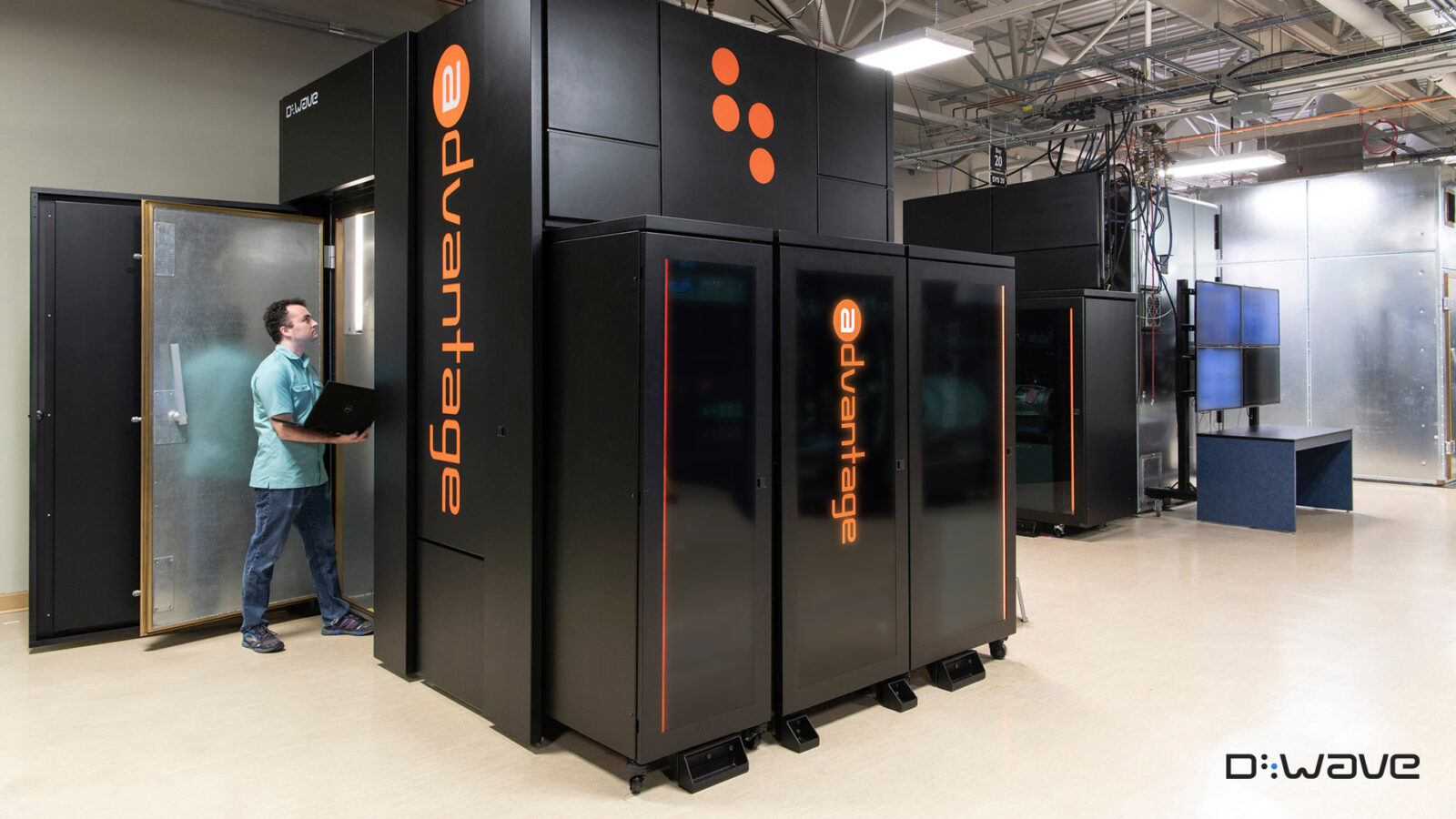How Quantum Computing Can Combat “Forever Chemicals”

What sort of computer can evaluate 67 million potential solutions in 13 seconds? Only a quantum computer. But what sort of problem has 67 million solutions to begin with?
Many manufacturing challenges do, from optimizing supply chain logistics to finding the most efficient way to load millions of pallets. In recent years, another mind-bendingly complex problem has begun to occupy the industry: how to get potentially dangerous chemicals in a category known as PFAS out of use and out of our environment.
Quantum computing firm D-Wave says that quantum holds the key, as its massive computing power could find new ways to remove or remediate the chemicals, or even help identify which of the thousands of chemicals in this class are indeed dangerous. We recently spoke to D-Wave Global Government Relations and Public Affairs Leader Allison Schwartz to get the details.
How it works: As Schwartz explains it, quantum is “a completely different form of computing.”
- “Due to superpositioning and quantum entanglement, quantum can look at all possibilities at once and come back with an answer very quickly,” she said, in a way that classic computers just can’t match.
- However, some of the best solutions are a product of both classic computers and quantum, an option known as “hybrid” applications. For example, Davidson Technologies collaborated with D-Wave to create a hybrid solution that produced the aforementioned 67 million scenarios in 13 seconds.
- “Classical computing alone can’t do that,” Schwartz observed.
When quantum meets PFAS: So how does this help with PFAS? Schwartz told us that there are two different types of quantum computing that would prove useful.
- The first, annealing quantum computing systems, are superior at providing optimized solutions. These systems can quickly run through millions of scenarios that model potential chemical spills, methods of remediating the chemicals, techniques for removing them from operations entirely and much more. These systems are commercially available today through the cloud.
- Meanwhile, gate model systems offer another avenue for dealing with PFAS—they can potentially invent alternative molecules that could substitute for the dangerous chemicals. However, gate-model systems are not large enough yet to tackle real-world problems.
Doing the research: Quantum could also play a role in determining which chemicals are harmful in the first place, added Schwartz. There are thousands of PFAS chemicals out there, but so far, only a few hundred have been studied.
- To examine the effects of various chemicals, researchers and companies will have to undertake clinical trials. Quantum can help optimize the organization of those trials, as well as aid in analyzing the results—for example, by assisting with medical imaging reconstruction.
So what’s the holdup? With such a powerful tool at the ready, you might think policymakers would be jumping at the chance to encourage its use. In fact, quantum has yet to be used in a PFAS-related application, though Sens. Gary Peters (D-MI) and Joni Ernst (R-IA) mentioned its use in 2019 legislation later incorporated into the 2021 National Defense Authorization Act.
- However, “The EPA or DOE could recommend using quantum to optimize the PFAS work. It doesn’t need a legislative fix,” Schwartz noted. Instead, policymakers are more focused on finding replacement chemicals, a process that could take years, while incremental solutions could have a huge effect today.
- “Policymakers are relying on manufacturers to address the problem, but they aren’t providing insight into how emerging technology, such as quantum computing, can help manufacturers better achieve success,” said Schwartz.
Making quantum work for you: For manufacturers looking at quantum as a potential problem-solver, whether for PFAS or something else, Schwartz explained how D-Wave approaches new clients.
- First, a company’s leaders sit down with consultants at D-Wave, who conduct an in-depth examination of its operations—for example, by investigating which PFAS chemicals might be in use, how remediation might be accomplished or how contamination should be modeled.
- Once a problem or problems are identified, D-Wave builds a demo to test out potential options. It might build a custom algorithm or even a digital twin, as it did in partnership with SavantX to optimize container loading at the Port of Los Angeles. This step helps to hone the algorithm so it can find the right solutions for the manufacturer’s specific problem.
- Then D-Wave will work with the manufacturer to pilot the solution, making sure it functions as expected.
- And finally, the solutions are integrated into the production process and become part of daily operations.
The last word: “Tackling PFAS is a multipronged effort that calls for industry, academic and government collaboration,” said D-Wave CEO Dr. Alan Baratz. “Instead of waiting for a replacement chemical that could be years away, it is time to break down this societal problem and identify which parts of the problem can be addressed with quantum technology today.”